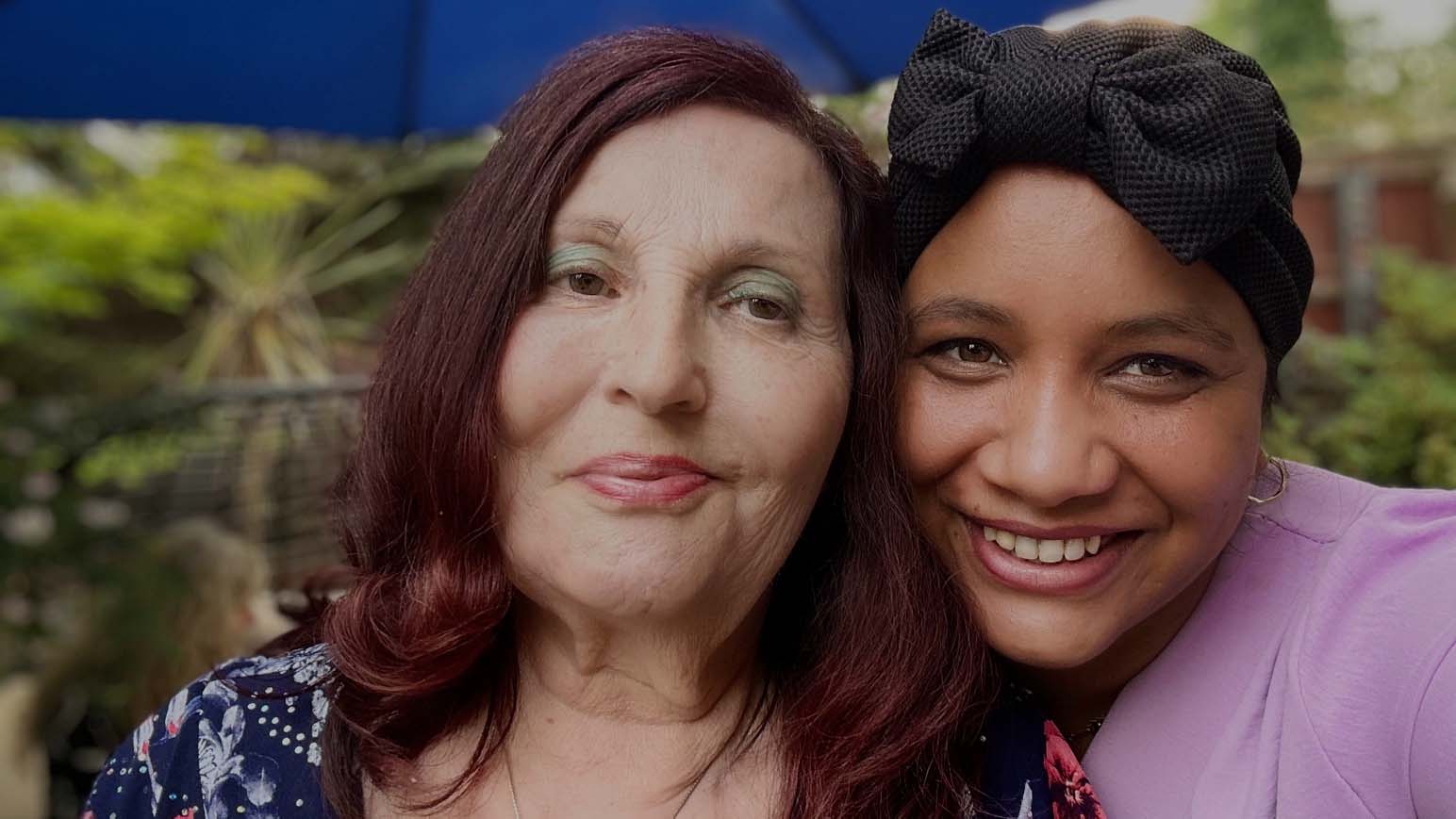Moving a loved one into a care home: a practical checklist
Tips to help make moving a loved one into a nursing home easier.

Tips to help make moving a loved one into a nursing home easier.

If you’re facing the prospect of managing the transfer of a parent or relative from home into a care home here are some things to be aware of before moving in.
Most homes require all electrical equipment to be PAT tested before you can plug anything in. If you haven't had a moment to sort this in time, make sure you have batteries for any essentials like radios or clocks.
Check beforehand, but the majority of care homes do laundry for residents - usually all in the price. However, all clothes must be marked, so get a laundry marker pen or specialist care home labels.
Many homes go on room number, not names, so if your loved one moves room then get in quick to change the labels.
‘Laundry’ often does not include ironing, so you may need to iron certain items yourself.
Read the contract. Some homes have zero-tolerance policies on alcohol consumption. Some will take pets. These details are good to know - whether you want to enjoy or avoid them.
Make sure you’re clear on the home’s charging policy for hospital stays and the period for which you’ll be charged after date of death. For an authority or NHS-funded place you usually get three days to clear the room after what they tactfully call RIP.
Privately-run nursing homes average a week or until the room is cleared; the BUPA standard is two weeks.
If the person goes into nursing care, any care formerly provided by district nurses (bandaging leg ulcers, for example) will now be provided by the nursing staff at the home.
If the person goes into residential care, nurses from the community will come in and bandage, but they may not be the nurses they used to have. A care home literally over the road from one surgery may be served by nurses from another.
The same applies to keeping one’s own GP. If your loved one has a good relationship with their current doctor, it's an idea to find out which care homes are served by them.
You can keep your own GP even if you’re out of catchment, but you’ll miss out on the regular ‘ward round’ provided by the GPs from the surgery that does cover that particular home. You will also need to alert the home to contact the required GP for the standard six-monthly routine check-up.
If your loved one is going in as the result of, or has recently had, a fall, the staff will photograph any bruising – to show they didn’t cause it.

Buying a place in a residential or nursing home is the same as engaging someone's services – if you want results you have to ask and ask again if necessary. Your relative will probably be disorientated and potentially more passive or more querulous than usual initially.
There's also an element of "not wanting to make a fuss" – so you may well be on the receiving end of a lot of moans that can easily be sorted, if you or they speak out.
Most homes are flexible and want to solve any issues that arise. If a compressed-air mattress or a TENS machine would be useful, or if shifting the furniture round or adding an extension lead would make all the difference to the room, then ask someone.
The same goes for disability aids – raised stickers for anyone blind or partially sighted, or maybe a bigger wheelchair than the standard one (they are designed for a man/woman of about 5’8”). When it comes to trips out make sure that ramps are provided if your relative needs them.
Take some time out for yourself and try not to feel guilty about it. It’s not easy seeing your loved one nervous and disorientated. In the early days and weeks you may all be worried and upset about any changes, but in time it will settle and your loved one will start to enjoy their new supported life.
If you're packing on behalf of a loved one write a list of what to bring to the nursing home well in advance to avoid forgetting anything. Ask the home for their suggestions on what to bring.
Here are some suggestions to get started:



The joy of a first grandchild can also create new challenges. We've got the best advice on how to navigate becoming a first-time grandparent.
.jpg?la=en&h=549&w=823&hash=85077D343B0A5A78958C76A24A1B44E8)

Dr Miriam Stoppard tells a woman whose new relationship lacks physical fire to allow time for the spark to build up into a blaze.





The power of age gap friendships - we share the benefits and how to make them.
.jpg?la=en&h=576&w=823&hash=4516D8557DC47B1E21444166FFB91605)

